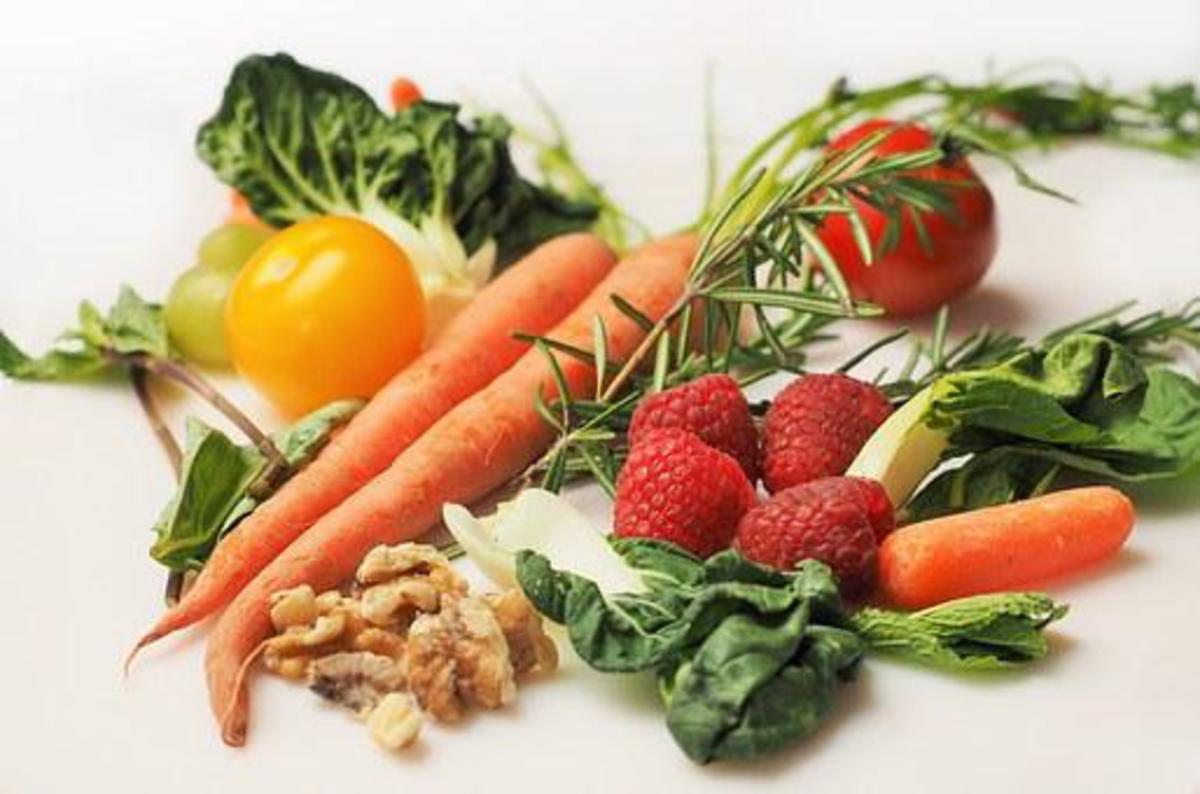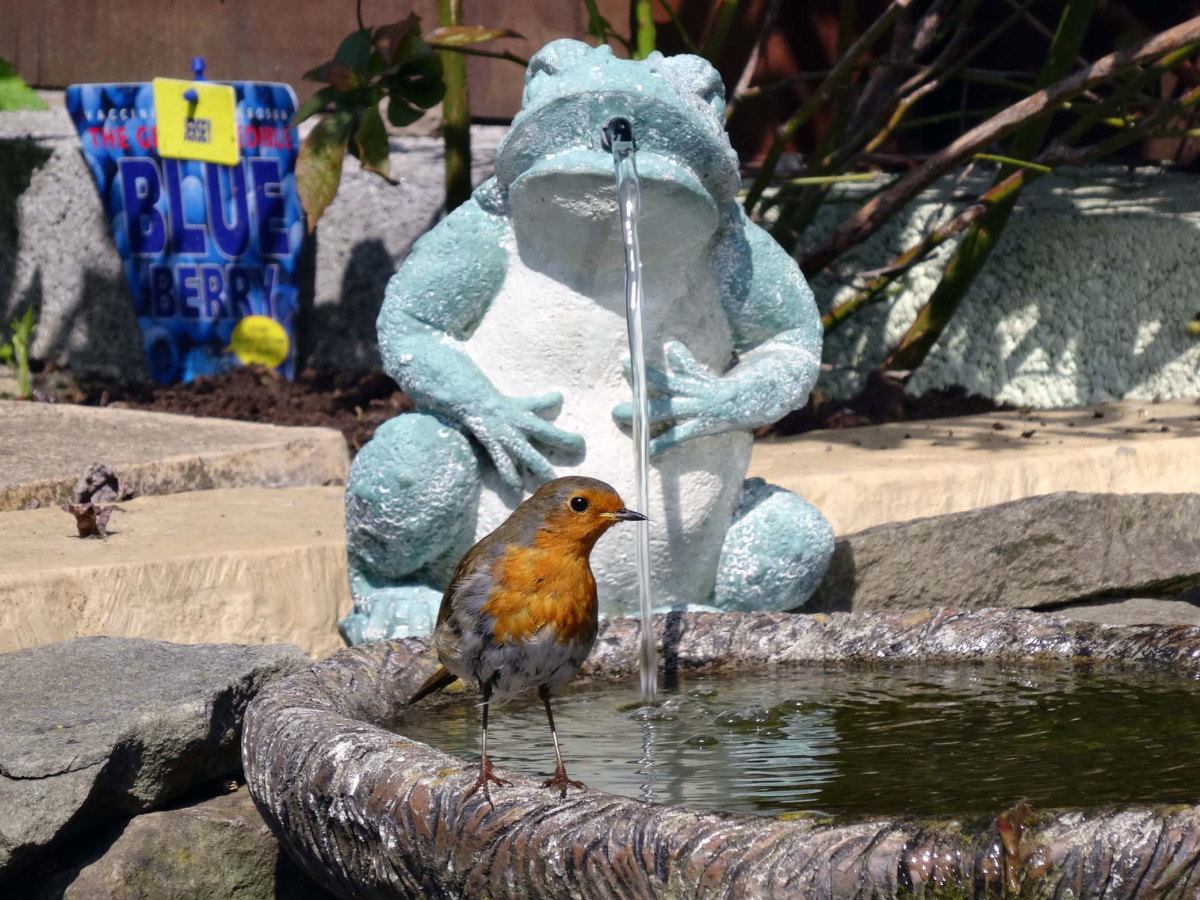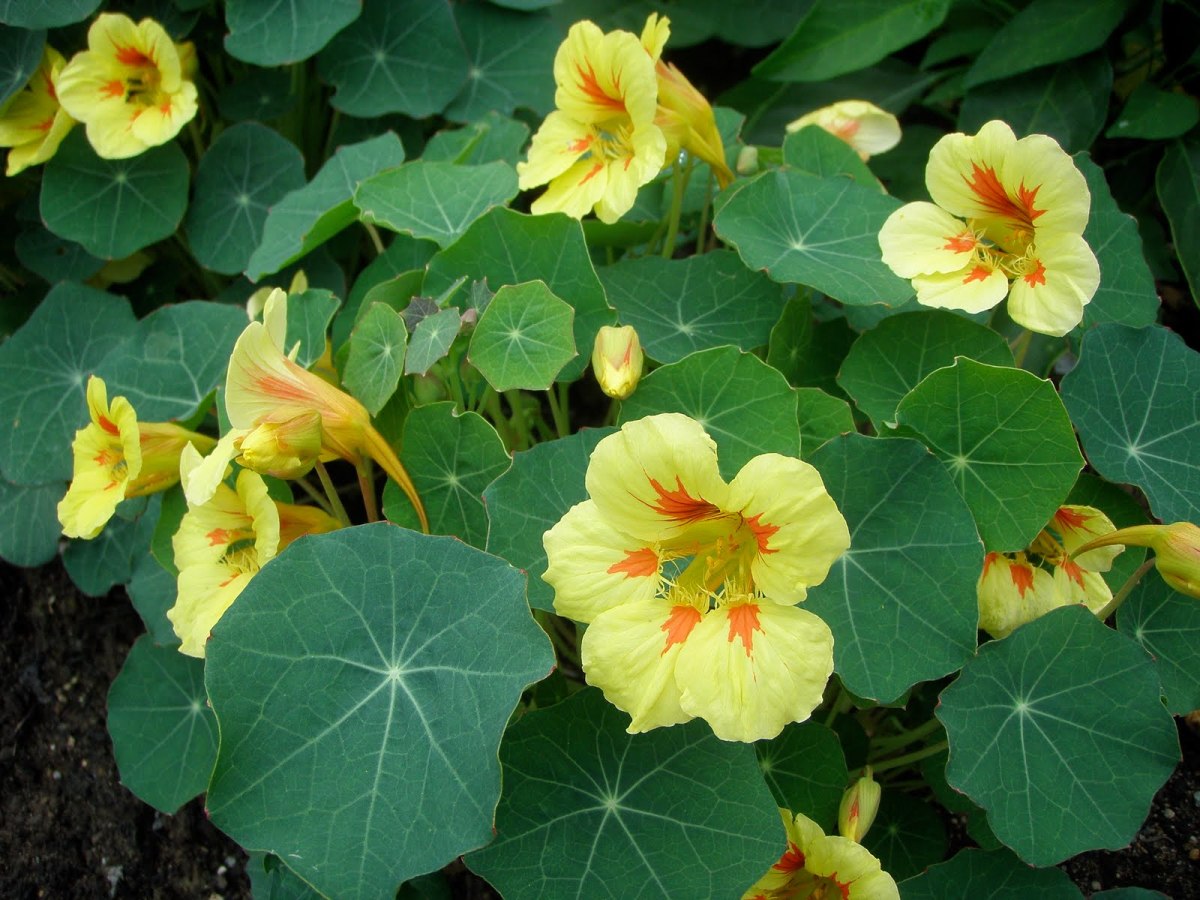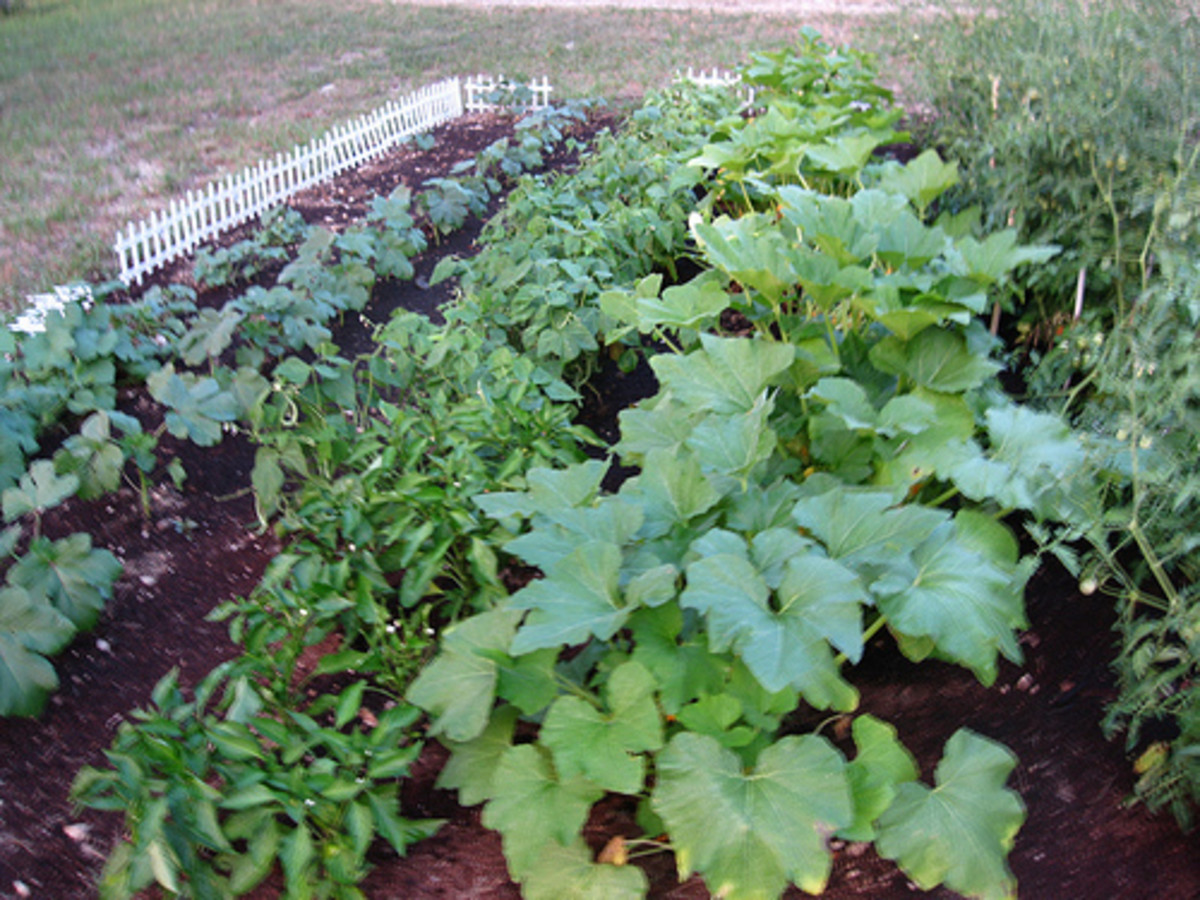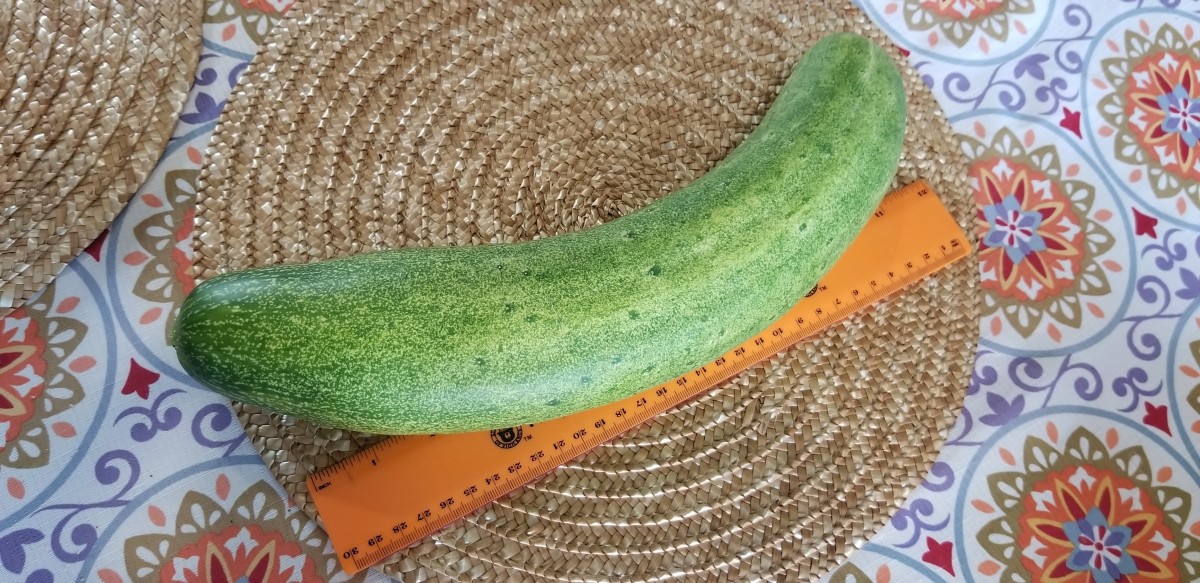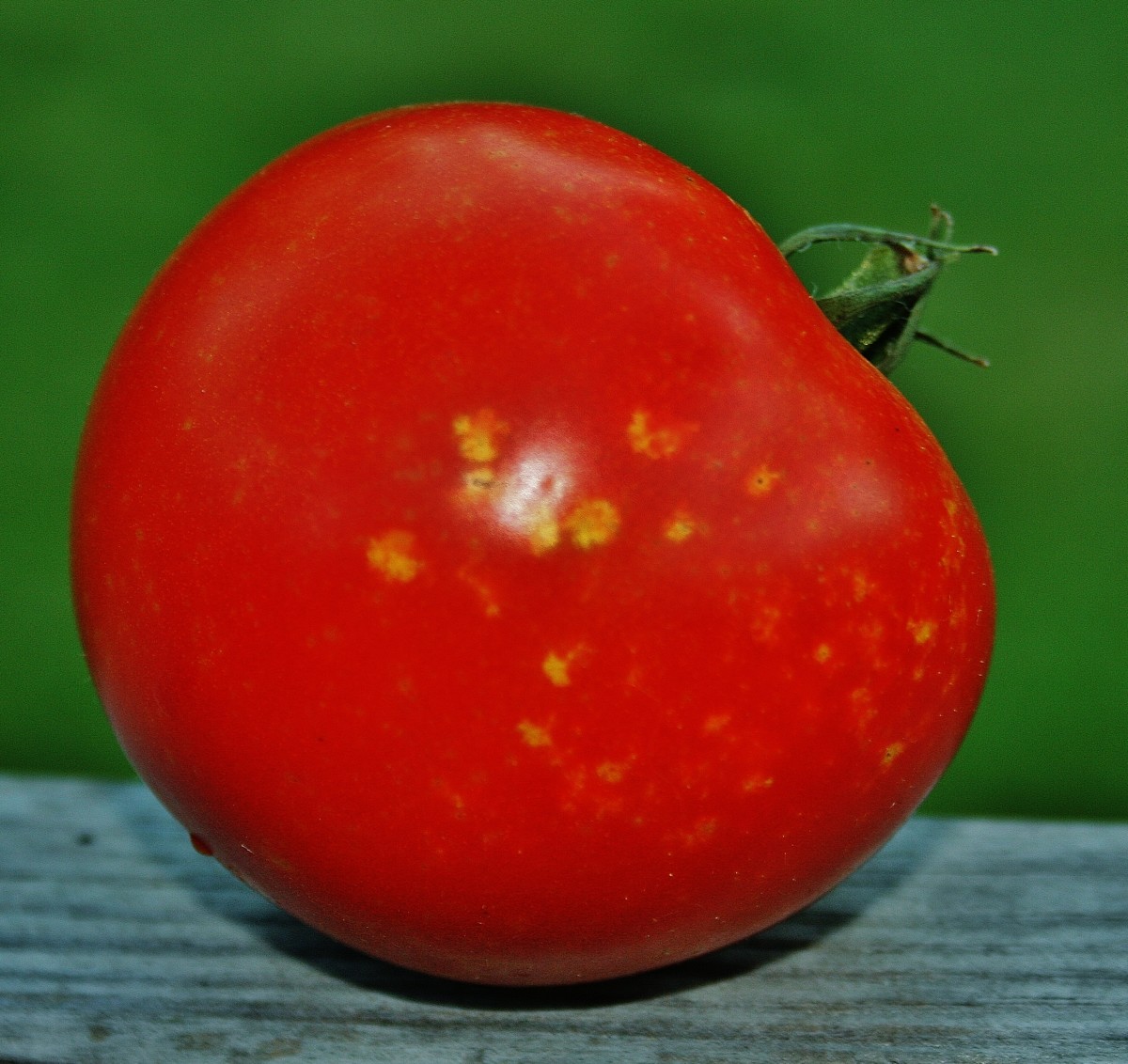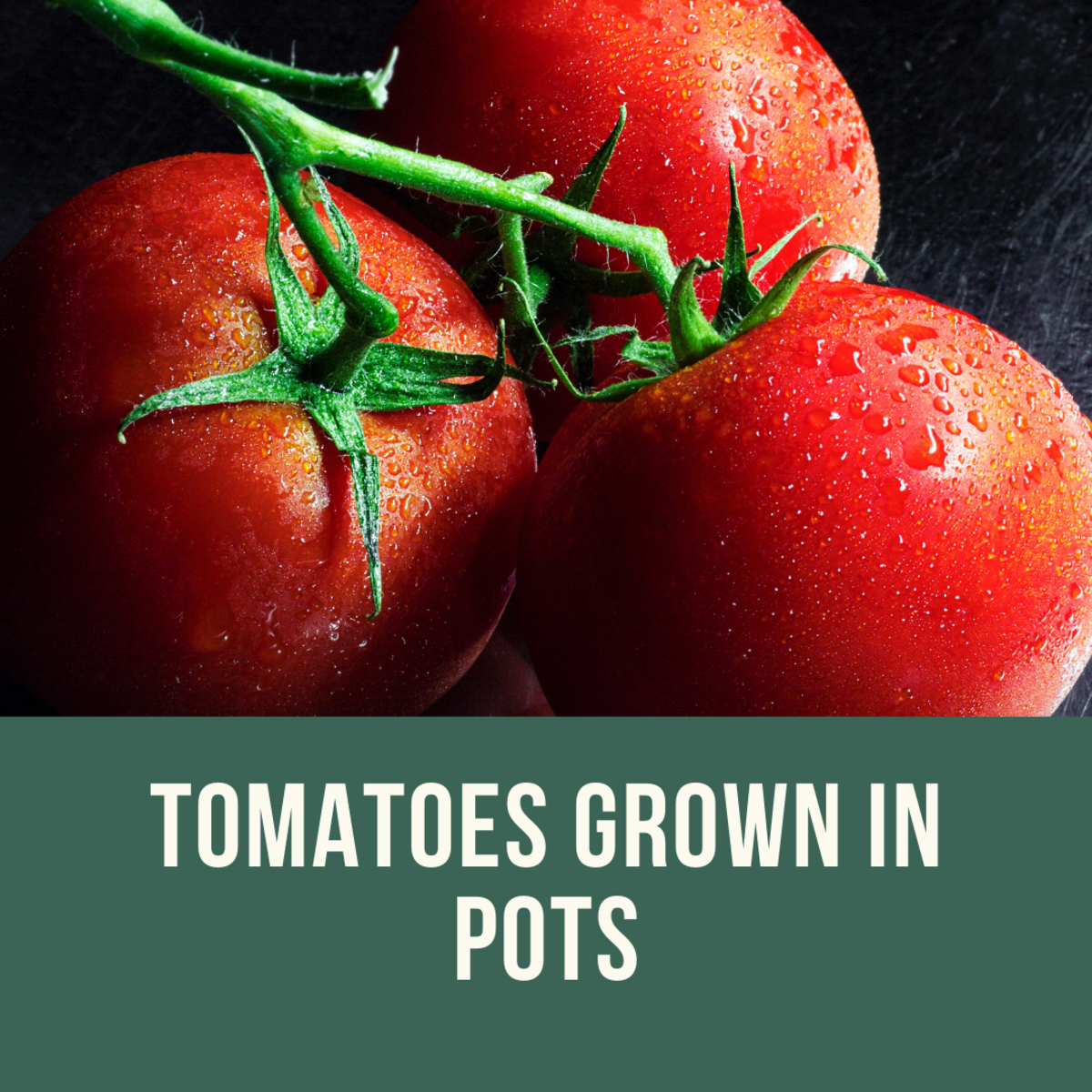Planting Vegetables in Rows
Vegetable Gardening Tips
Planting vegetables in rows is the best way to make the most of your garden space. Here are some tips to make the job a little easier and your garden a success. Make certain that you have good soil and that the planting area receives at least six hours of direct sunlight per day.
PLANNING:
Planning a garden during the cold dark snowy months of winter is a good way to get through the cold dark snowy months of winter.
1. Make a list of the vegetables you wish to grow.
2. Measure out your garden on a piece of paper. Graph paper or lined paper make it a bit easier. Space your rows out evenly on the paper just as you will at planting time, for example use a quarter inch on your paper to represent a square foot of garden space. Draw a rectangle and divide the paper into rows, or lines.
3. Sunlight is very important, so think about how your rows will be oriented. Rows that run east and west work well. Locate the lowest growing plants, i.e. peppers, tomatoes, squash, etc. in the southern most rows and taller plants such as corn at the north end. This will insure that the taller plants won't shade the small ones.
4. Consider companion planting to enhance your garden. This method puts plants that help one-another together. For example, alternate onion, beet and carrot seeds to ward off pests that may like the carrots but not the onions and will stop at the first meal. Sprinkle radish seeds around seeds that are slow to germinate. Radishes germinate and grow quickly and this will help you keep track of where you planted their slower row mates.
Two excellent books on this subject are:
Carrots Love Tomatoes: Secrets of Companion Planting for Successful Gardening by Louise Riotte
Secrets of Companion Planting: Plants That Help, Plants That Hurt by Brenda Little.
5. Plan on spacing your rows three feet apart (or more), Tiny seedlings look lonely and a bit silly when the rows and spaces between each plant are wide, but when it comes time to tend fully-grown veggies, you'll wonder why you didn't plant them farther apart! Enough space between the rows will also give you room to weed and harvest without damaging the plants.
STAKING YOUR CLAIM
The easiest way to make your rows straight and evenly spaced is by measuring out a length of string the same size as the length of a row. Tie each end of the string to a stick or tent stake. Stick one stake at the end of each row then plant along the edge of the string, moving the string/stick marker as you plant.
Some seeds, like carrots and lettuce need only a light sprinkling of soil over them while others, like onion sets and potatoes are planted deeper. A long time ago, after getting tired of finding a measuring stick, I measured my hand. It's seven inches long and the length of my index finger from tip to my first knuckle is an inch long. You can do this with various depths and fingers, but you get the idea. This way you'll always have a 'handy' measuring device for determining the depth of soil for planting seeds, bulbs, etc.
WEED CONTROL
Layers of newspaper laid between the rows is helpful for keeping weeds down and moisture in, but I find they blow away too easily so now I use cardboard. Use empty cardboard boxes from items you order online or ask your grocer for them. These also make walking between the rows in your bare feet a bit safer and more comfy. Cardboard breaks down over the season and adds organic matter to your soil.
WATERING
Laying down soaker hoses between the rows is the best way to water. Some plants do not like getting their leaves wet and the water from many sprinklers often bounces of large leaves and tall plants and miss lower plants completely.
Consider a setting up a rain barrel and use the water you collect to hand water plants if your garden is small. This way you can add some composted manure to the barrel water and feed your veggies a mild manure tea when you water.
If you're fortunate, Mother Nature will provide enough rain for your garden, but it's best to be prepared for a long dry spell.
FERTILIZING
Mix a good bit of compost and composted manure into the soil before you plant. I top-dress each plant by sprinkling a couple of handfuls of composted manure around each one after its well established, or when I plant seedlings directly into the soil. The composted manure is black so the sunlight warms the soil more evenly and the nutrients wash into the soil and the plant roots with each rain.
I don't use chemical fertilizers and so far I haven't needed them.
HARVESTING
The best time to harvest your veggies is mid-morning after the dew has dried but before the hot mid-day sun. The wet morning dew will spread any diseases your veggies may have from plant to plant.
Happy Gardening!

